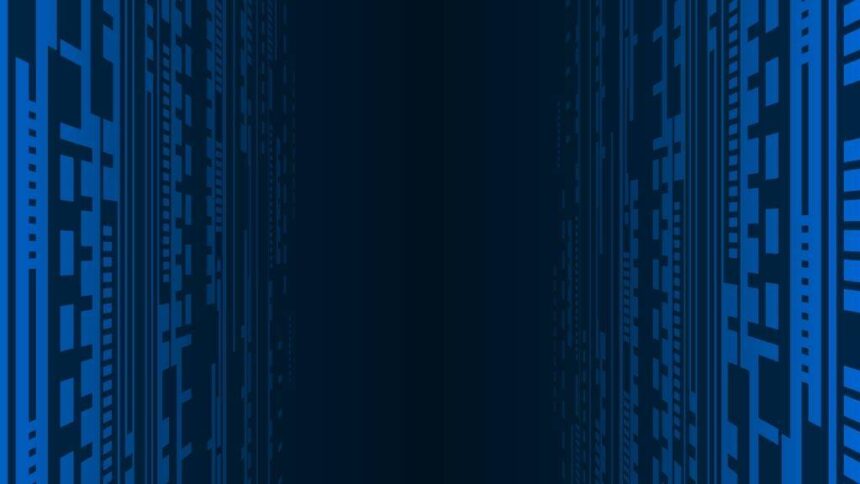We learn something new about the COVID-19 pandemic every day. This is a credit to brilliant scientists, epidemiologists, and public health experts around the world, but these professionals wouldn’t be able to do their jobs without big data systems. In fact, big data systems, which have already proven to be the most significant intervention in 21st century healthcare, represent our greatest hope of driving back COVID-19 infections and quickly developing an effective vaccine.
Understanding Infection Patterns
The first step in understanding COVID-19 infection is the most straightforward: figure out where and how infections are spreading and, to this end, graph databases have been a particularly powerful tool. Generally derived from conventional SQL databases, graph databases convert SQL information using GraphQL and allow users to better visualize relationships between individual data points. Through contact tracing, in which we look at the social relationships between infected parties to determine who is at risk of contracting COVID-19, being able to see such connections is critical.
On a larger scale, graphing social relationships has helped researchers determine what activities represent a high risk of contracting COVID-19 and which are safer. Researchers have modeled a wide range of behaviors using graph databases, and used those models to provide communities with critical information to reduce the spread. This is how we know that good ventilation is critical to minimizing disease spread and that fomites play a relatively small role in disease transmission.
Another insight from graphing and modeling COVID databases? This model helped researchers determine that the disease largely stems from single interactions, rather than what’s known as a linear threshold model that requires a certain number of exposures. Essentially, people get COVID-19 through an independent cascade – any single person has the potential to infect their neighbor. That’s a significant part of what makes this virus so dangerous: every interaction represents an infection risk.
Real-Time Tracking And Treatment Advances
As COVID-19 has swept through the United States, there’s been an interesting trend: even as cases continued to rise, the death rate declined as time went on. That’s because doctors have been able to pool and analyze patient data in real time, allowing them to quickly reach preliminary determinations about what treatments are most effective. This is how doctors determined the critical importance of early steroid treatment, among other insights.
Obviously doctors are sharing information about successful interventions beyond databases, but these networks are often limited, which can mean the most vulnerable patients lose out. The same is true about other elements of treatment; hospitals located in low-income areas were far more likely to have major equipment shortages at the height of the pandemic than those in wealthy areas. Databases and data visualization platforms have helped hospitals track and predict critical supply use patterns, which can mean the difference between enough ventilators or even enough ICU beds and a devastating shortage.
Tackling The Vaccine Search
While understanding how COVID-19 is spread and how to treat it is critical, most experts agree that the virus won’t be fully controlled until we have an effective vaccine. Unfortunately, vaccines usually take a long time to produce; it took about five years for the scientist who developed the first chicken pox vaccine to develop a version of it, and 25 years for a vaccine to be approved by the FDA in the United States. Making matters worse, researchers have never developed a successful vaccine for any of the other coronaviruses that affect humans, such as SARS and MERS, two other serious coronavirus strains.
The biggest change impacting vaccine development for COVID-19 is the intersection of big data with artificial intelligence models. This approach is currently being used to develop a number of different vaccines, as well as to identify the best drugs to treat COVID-19. If there is a vaccine in the next few months, it will be due to effective virus and vaccine models derived from huge data banks.
Local Looks At Data
COVID-19 is being fought at many levels. While there are global efforts to understand the disease and develop a vaccine, there are also countless local initiatives, and these also rely on big data – though scaled down by several orders. Still, at the city or state level, epidemiologists have been able to use machine learning to analyze data and determine how effective local public health campaigns focused on masking, social distancing, and hand hygiene have been. These models can help researchers visualize which populations are being reached, when interventions reach sufficient community penetration to significantly reduce case numbers, and other critical insights that will help businesses, schools, and other facilities reopen while keeping communities safe.
Driving Back The Storm
Though it’s easy to believe we know enough about disease spread to cope with just about any illness – many of the practices that we’re using to control the spread of COVID-19 date back to at least the 17th century – we still have a long way to go. With the rise of big data, however, researchers are able to organize and understand more information more quickly than at any other point in history. A vaccine for COVID-19 may not be around the corner quite yet, but we’ve come a long way in our ability to fast track such research in just a few years, and that’s something to be celebrated.

